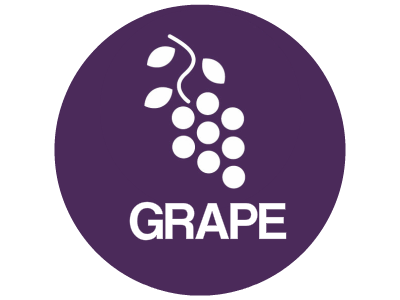I usually have quite a list of books to read. This is compounded by all those who would like me to review their book. I enjoy learning and reading so this isn’t a bad situation it just means that it can take a while to get to some books. I finally got to Mike Rother‘s book Toyota Kata and wish I had gotten to it sooner.
A kata is a routine or behavior pattern that is deliberately practiced, whereby it becomes second nature. This is done to develop particular skills and mindset. The term kata is found mostly in the study of Asian martial arts.
Toyota Kata defines management as, “the systematic pursuit of desired conditions by utilizing human capabilities in a concerted way.” Mike Rother contends that Toyota’s improvement processes are build upon two fundamental kata:
- A kata for improvement or problem solving.
- A kata for coaching
The “Improvement Kata” is a set of behavior guidelines for which a lot of discipline is needed. It is not learned in a classroom but by doing, through repeated practice. Therefore, everyone in Toyota is coached by a more experienced person, a mentor or a sensei. Teaching how to improve is done via a mentor/mentee dialogue, which Rother calls the “Coaching Kata”.
He states it is exactly the ‘Improvement Kata’ and ‘Coaching Kata’ that enable Toyota to adapt adequately. Rother described how Toyota makes improvement based on a specific four part model:
- In consideration of a vision or direction…
- Grasp the current condition.
- Define the next target condition.
- Move toward that target condition iteratively, which uncovers obstacles that need to be worked on.
Rother argues that the “Kaizen Event” approach to improvement is not effective or sustainable because, at best, each process area will only get one or two bursts of improvement in a year. This is not continuous improvement and does truly engage the workforce.
Instead he argues for constant daily improvement – a “kata” – or a simple PDCA routine which is enacted every day by everyone in the process, and supported and coached by managers and team leaders who have roughly 50% of their time allocated to teaching this approach to improvement. Small step-by-step improvements are more effective over time than occasional kaizen bursts, and have a significantly greater impact on the organization culture – creating an environment of involvement and improvement.
In this management approach a primary job of leaders and managers is to develop people so that desired results can be achieved. They do this by having the organization members (leaders and managers included) deliberately practice a routine, or kata, that develops and channels their creative abilities.
The book’s underlying message is that when people practice and learn a kata for how to proceed through unclear territory, they don’t need to fear the obstacles, changes and unknowns they encounter. Rather than trying to hold onto a sense of certainty based on one’s perspective, people can derive confidence from a kata for working through uncertainty.
Toyota Kata focuses on change and improvement, and explains how they are not an aspect of management, but the essence of it. He debunks project management, action lists, budgets and a host of other traditional management fundamentals, and replaces them with an entire organization constantly engaged in small improvements
The book covers these five main interlocking topics:
- The role of vision and direction in continuous improvement.
- Critical context for the “classic lean tools” as target conditions.
- The problem solving kata, and how it differs from what most of us do.
- The coaching kata, really describing how management engages.
- A proposal for teaching the problem solving and coaching kata to a management team.
Toyota Kata is an excellent and very well written book that really adds something new to the existing Lean literature. Anyone who has been on the Lean journey will immediately and easily relate to the material Toyota Kata contains. It explains how Toyota deals with the people part of Lean, and therefore I advise everyone who applies Lean in any setting to read it.
This is a book for practitioners who actually want to create a sustainable lean organization. I guarantee you will read this book several times, and each time you’ll discover something new.

